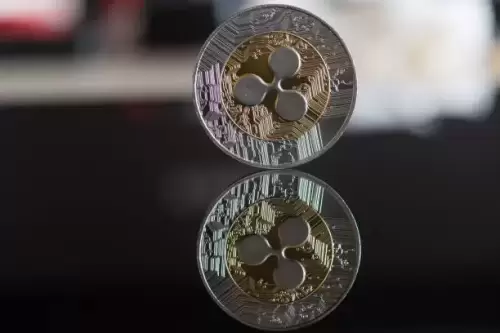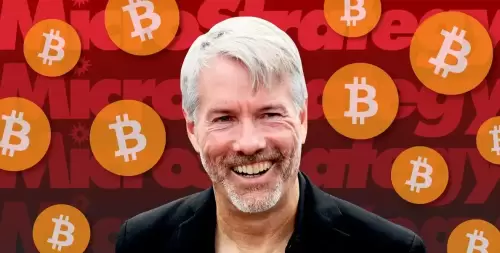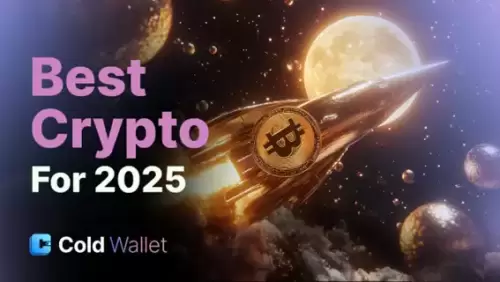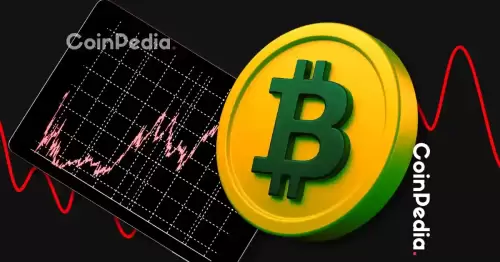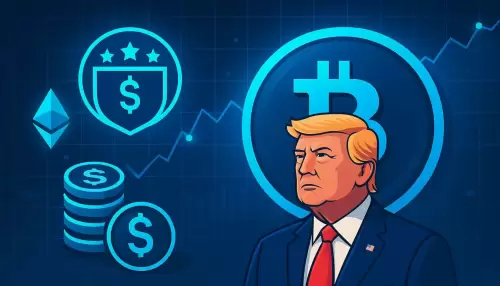 |
|
 |
|
 |
|
 |
|
 |
|
 |
|
 |
|
 |
|
 |
|
 |
|
 |
|
 |
|
 |
|
 |
|
 |
|

The Internet of Things (IoT) paradigm is being inverted by DePIN from a decentralized to a centralizing form - able to have open, scalable, and safer infrastructure networks.
DePIN Use Cases Real Life
1. Helium - Decentralized Wireless Network
Helium has pioneered development of a wireless IoT device crowd-sourced network.
"Hotspots" are installed by customers providing wireless coverage at low power (LoRaWAN).
In return for this, they are paid in HNT tokens for data transferred between the devices.
Already having over 1 million hotspots operational globally, Helium has proven that blockchain can initialize a telecom network quicker and cheaper than traditional players.
It has evolved since then to now include 5G and Wi-Fi connectivity, proving that DePIN can compete with telco.
2. Filecoin - Decentralized Storage
Filecoin turns spare storage into an asset. Individuals donate spare hard drive space on the network for the reward of being paid in FIL tokens.
A DePIN cousin, Filecoin decentralizes data storage infrastructure — reducing reliance on AWS or Google Cloud — and builds permissionless, censorship-resistant, secure storage.
Why it matters: Researchers, video platforms, and AI engineers have used Filecoin as a Web3-native cloud storage system.
3. DIMO - Vehicles' IoT
DIMO enables car owners to link their car to a decentralized network using an appliance or mobile app.
Connected, customers can sell driving, diagnostic, or position information for $DIMO tokens — creating a decentralized car-data marketplace.
This information can be resold or used in insurance, repair data, or fleet management software.
The DePIN Economy: Fueling the Real-World Web3
DePINs are creating a new economy of tokenized economies in which real-world infrastructure is made composable, programmable, and economically driven by smart contracts.
Messari estimates DePIN market potential to exceed $3 trillion by 2030 across sectors including:
Telecommunications (Helium, World Mobile)
Storage (Filecoin, Arweave)
Calculate (Akash, io.net)
Energy (Powerledger)
Mobility (DIMO)
Mapping & Weather (WeatherXM, Hivemapper)
These protocols provide tokenized incentives, DAO-based governance, and open data protocols — transforming physical infrastructure into an open-source, permissionless layer of the Web3 stack.
Key Benefits of DePIN
Democratization of Infrastructure
Any individual can contribute towards building infrastructure, geographically or monetarily wherever they may be, just by running a node and contributing to the cooperation of the network.
Cost Efficiency
Crowdsourced infrastructure is constructed more quickly and cost-effectively than the previous model. No tidal wave of money, no administration.
Enhanced Security and Privacy
Data is stored and transmitted in encrypted, decentralized networks — dramatically lowering the risk of surveillance or single point data breaches.
Resilience and Redundancy
DePIN networks are distributive in nature, which eliminates vulnerability to single points of failure compared to traditional infrastructure.
Challenges & Criticisms
There is realistic hindrance to what DePINs provide:
Hardware Costs: Node installation is expensive and maybe out of easy reach for ordinary users.
Regulation Uncertainty: Telecommunication and data services traditionally are accompanied by licensing or conformity requirements.
Token Economics: Incentives poorly conceived will result in unsustainable growth or misuse of hardware farming.
Network Effects: The early adopters will not generate much revenue unless there is adequate demand (actual usage), and this could create disillusionment.
Long-term sustainability is achieved by creating properly balanced token economies and generating real-world utility.
The Future: Building the "Physical Layer" of Web3
If blockchains are the Web3 logical layer, then DePINs are building the physical infrastructure layer. They're the glues between blockchain and the physical world — earth-ifying decentralization systems.
Imagine this world where:
You're being paid for offering Wi-Fi to your neighbors.
Your weather station is helping build climate models globally.
Your car telemetry data gives you passive income.
Your solar panel is selling excess energy to a decentralized grid.
That's the DePIN future — decentralized, autonomous, and hyperlocal.
DePINs are redefining infrastructure — from command and control to people-centered, token-rewarded networks. For builders, investors, and developers, it is one of the most exciting frontiers in Web3. As connectivity is as widespread as electricity, DePIN could be the decentralized infrastructure for the next generation of digital transformation.
免責聲明:info@kdj.com
所提供的資訊並非交易建議。 kDJ.com對任何基於本文提供的資訊進行的投資不承擔任何責任。加密貨幣波動性較大,建議您充分研究後謹慎投資!
如果您認為本網站使用的內容侵犯了您的版權,請立即聯絡我們(info@kdj.com),我們將及時刪除。
-

- 比特幣,XRP和價格下降藍調:加密貨幣中的shakin'是什麼?
- 2025-08-03 00:00:41
- 在市場波動的情況下,比特幣和XRP面對面的價格下跌,專家意見和社區情緒為大火增加了燃料。投資者要做什麼?
-

-

-

- 比特幣血液:宏壓力和清算釋放加密混亂
- 2025-08-02 21:56:44
- 比特幣的瘋狂騎行仍在繼續!宏觀逆風和清算層面是加密市場。這是購買機會還是痛苦的跡象?
-

-

- 比特幣的瘋狂旅程:達平奇,投資者和50萬美元的夢想
- 2025-08-02 21:51:30
- Davinci的看漲比特幣預測符合機構的興趣和市場波動。 $ 50萬美元是否可以看見,還是回調會首先擊中?
-

-

- Shiba Inu:公用事業和社區實力驅動加密的進化
- 2025-08-02 20:01:10
- 探索Shiba Inu的擴大效用和社區實力如何塑造其未來和更廣闊的加密景觀。
-

- 加密捐贈,特朗普PAC和比特幣:政治硬幣的紐約分鐘
- 2025-08-02 20:00:53
- 探索加密捐贈,特朗普的PAC和比特幣在製定政治議程中的作用。是改變遊戲規則的人還是另一個華爾街的喧囂?






















































